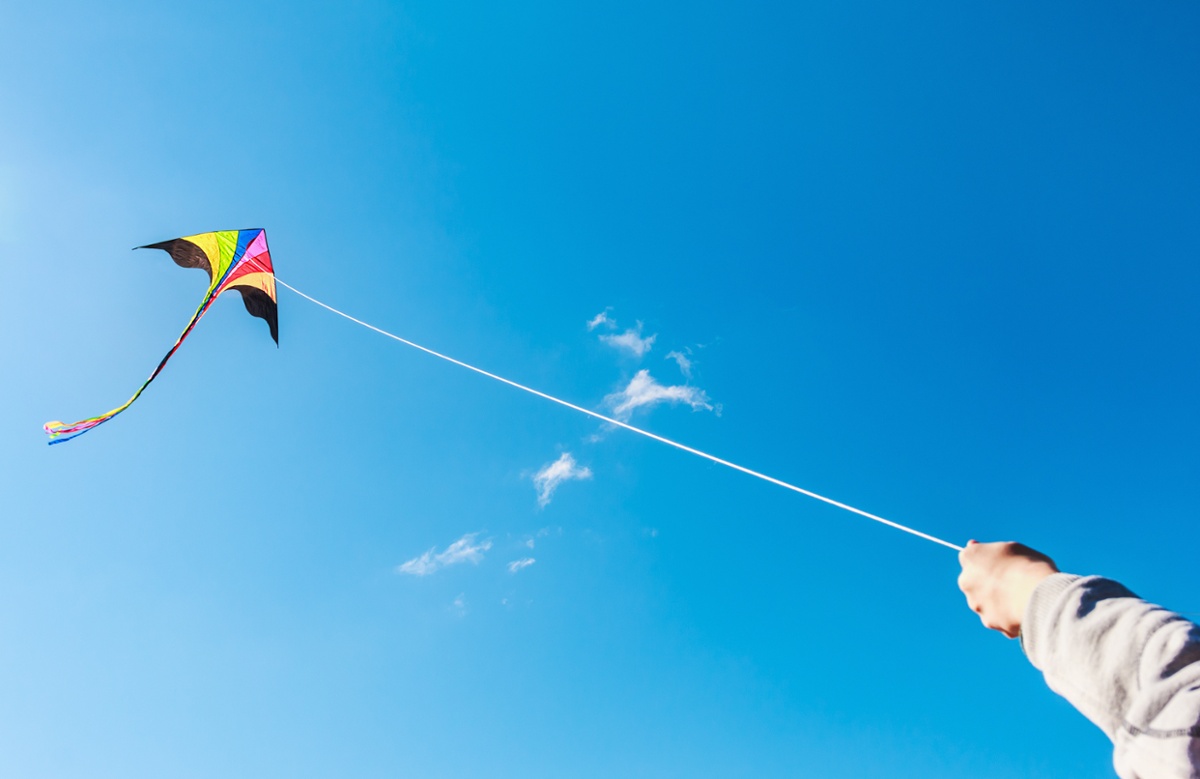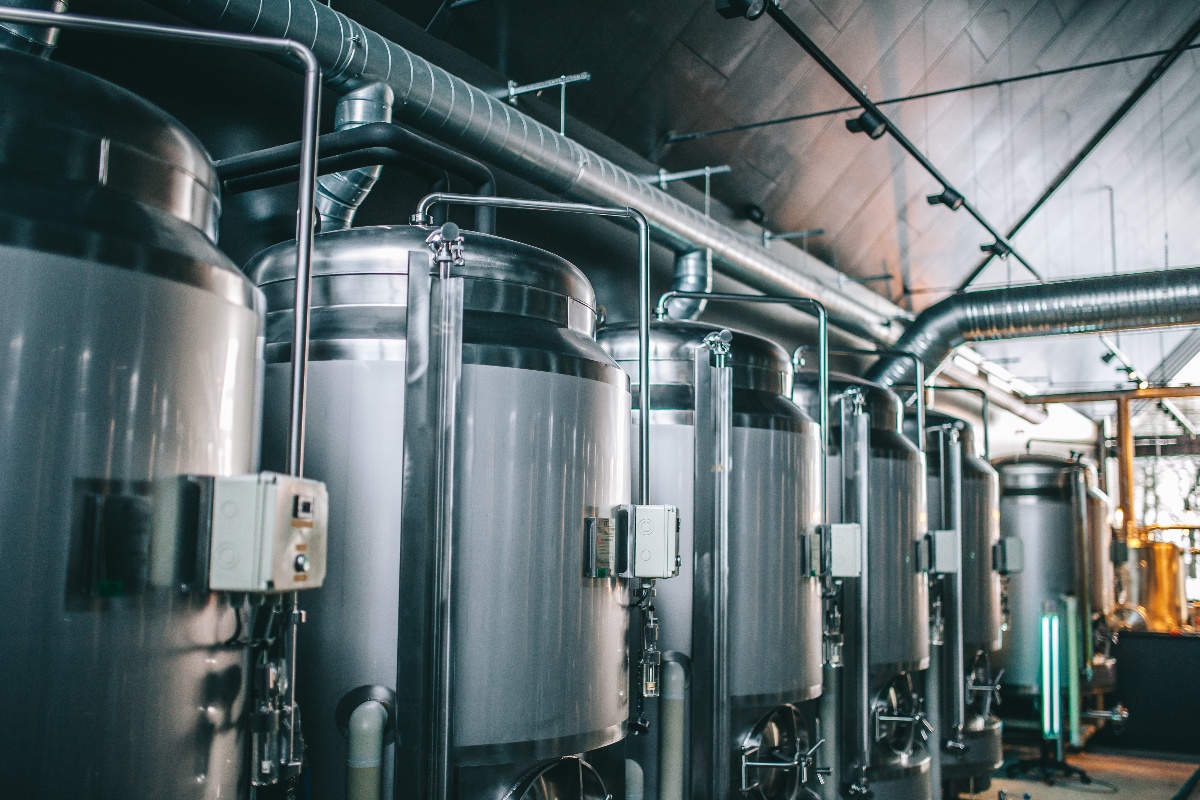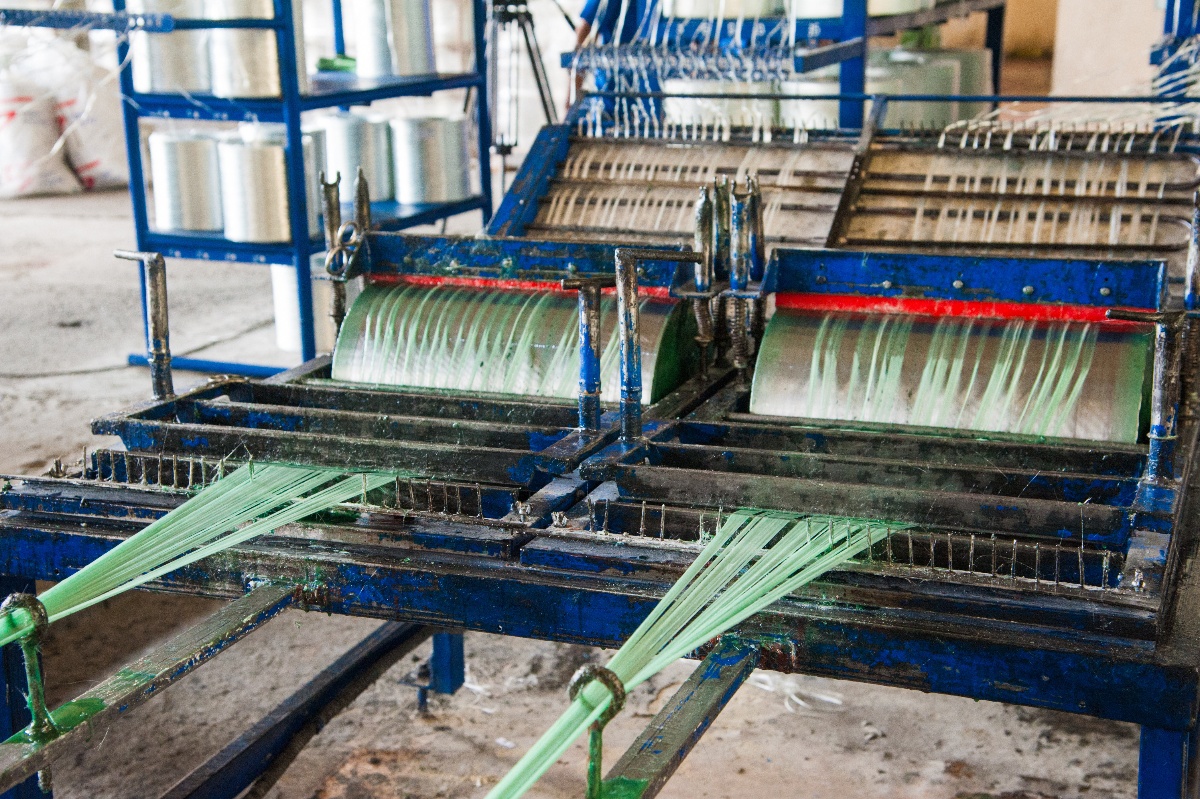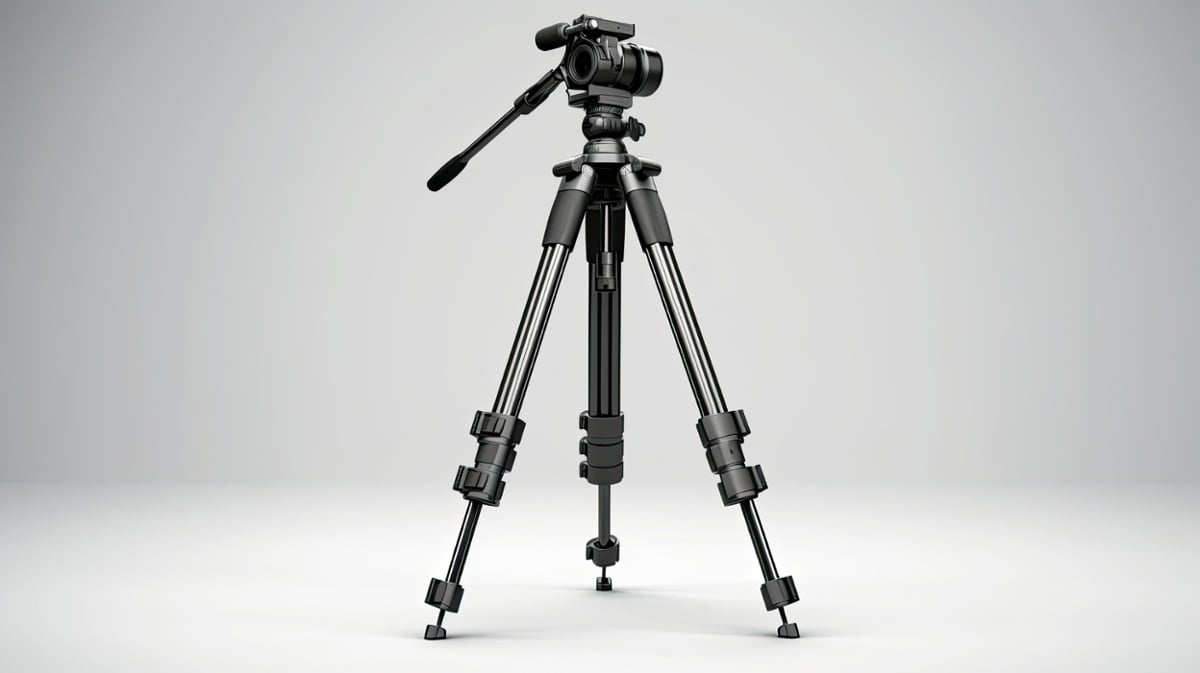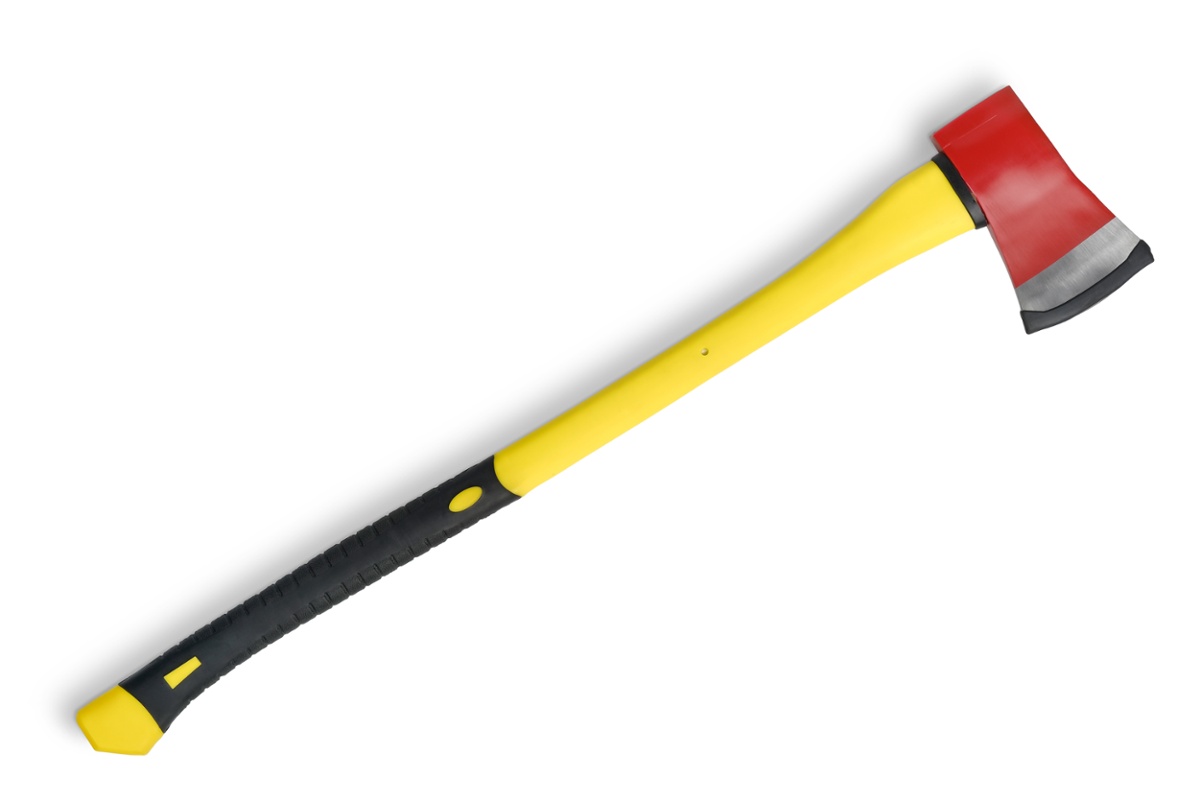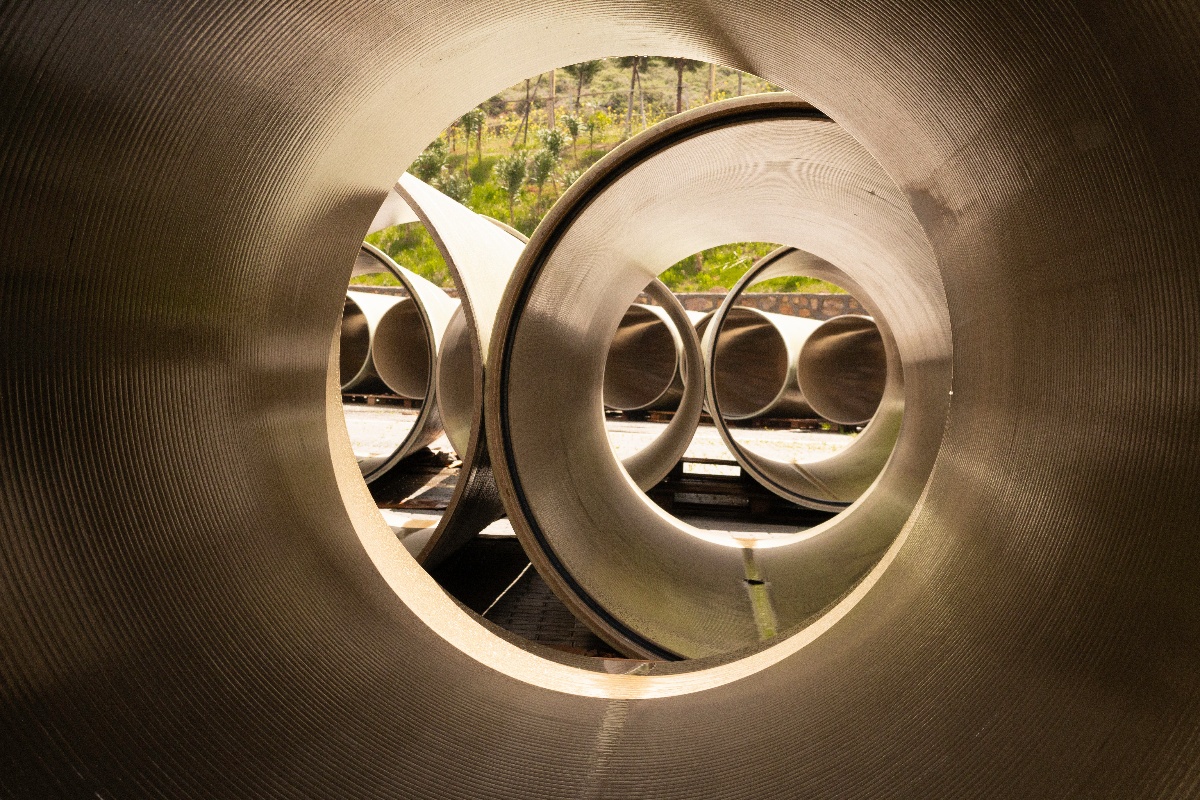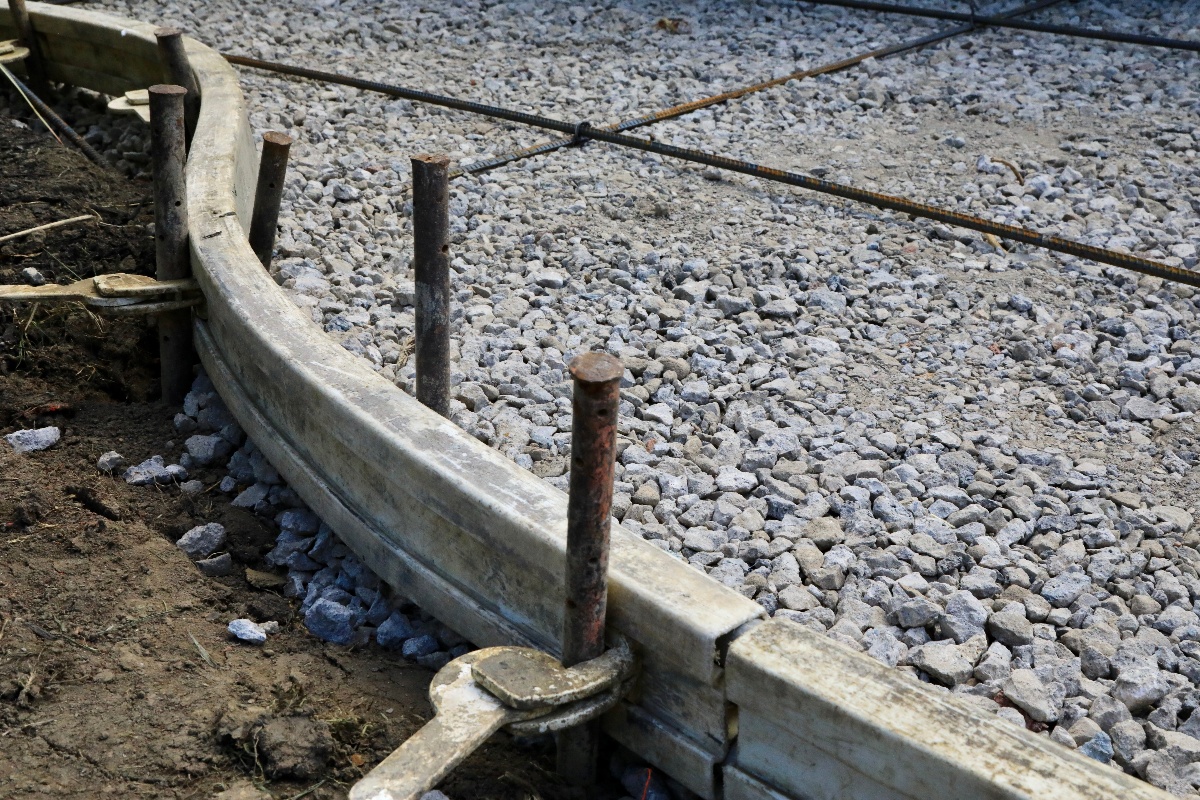
Kite flying is a popular recreational activity that has been practiced for thousands of years. Modern kites come in a variety of shapes and sizes, from simple single-line diamond kites to complex multi-line sport kites capable of intricate maneuvers. At its core, kite flying takes advantage of basic aerodynamic principles to create lift and become airborne when exposed to wind.
Creating a kite that can fly smoothly, remain aloft for long periods, and be maneuvered as desired requires careful engineering of its structural elements. A critical goal in kite design is minimizing weight while retaining structural integrity under the aerodynamic stresses of flight. As such, the choice of materials and construction methods for the kite's structural framework is key.
Spars, frames, and bridle lines must provide necessary support to the kite's skin or sail fabric without adding excess weight. Achieving the optimal balance of strength, stiffness, durability, and lightness in these structural elements is essential to enable stable, controlled kite flight. Advancements in materials technology over the past few decades have opened up new possibilities for extremely lightweight yet rigid kite structures.
In this article, we will explore the various structural components of a kite and general considerations in its design to produce an aerodynamic, durable, and optimized flying machine.
Structural Elements in Kites
The structural elements of a kite support the skin and distribute aerodynamic forces across the structure. Carefully engineering these components is key to achieving the desired balance of weight, strength, and functionality. The three main structural elements found in most kites are frames, spars, and bridle lines.
Frames
The frame provides the foundational shape and backbone of the kite. Common frame shapes include diamond, delta, parafoil, box, and sled configurations. Key considerations in frame design are strength, stiffness, weight, and geometric compatibility with the sail material. Advanced frame materials like fiberglass or carbon fiber composites allow for an optimized strength-to-weight ratio.
Spars
Spars are rigid structural members running across the kite to maintain sail shape and provide attachment points. Longitudinal, diagonal, and cross spars are typical. Spar design priorities include stiffness, durability, and lightness to avoid compromising aerodynamic performance. As with frames, modern composite materials enable spars with high stiffness at very low weight.
Bridle Lines
The bridle line system connects the kite to the flying lines and allows precise adjustment of the angle of attack. Bridle line materials must have high strength-to-weight ratios. Bridle configuration and tuning have a major influence on the kite's stability and responsiveness to control inputs.
Engineering kite structural elements is a complex balancing act. Advancements in materials technology continue to expand the possibilities for optimized kite performance.
Key Kite Design Considerations
Creating a high-performance kite involves navigating complex interdependent design factors. Let’s take a look at a few of the most important factors.
Aerodynamic Efficiency
The kite must generate sufficient lift to overcome its weight and maneuver in a controllable way. Optimizing aerodynamic efficiency entails fine-tuning the kite's shape, surface texture, structural stiffness, and bridle line configuration to maximize lift while minimizing drag. Careful design is required to maintain laminar airflow over the sail and prevent turbulence.
Structural Integrity
The kite structure must withstand substantial aerodynamic forces without mechanical failure. Stress analysis guides structural reinforcement in highly loaded areas. Use of high-strength, stiffness, and toughness materials prevents overload fractures or fatigue issues.
Weight Distribution
Proper balance of mass throughout the kite improves stability and enables responsiveness to control inputs across a wide speed range. Excess weight negatively impacts maneuverability but insufficient structural mass leads to loss of rigidity. Identifying the optimal distribution scheme is challenging.
Achieving peak aerodynamic efficiency, structural resilience, and precise weight distribution simultaneously pushes the boundaries of materials science and simulation-based design. Advancing kite performance also requires managing tradeoffs regarding cost and complexity. Ongoing innovations promise exciting future capabilities.
Key Kite Material Properties
The materials used to construct a kite's structural elements have a profound impact on its flight performance, durability, and functionality.
Mechanical Properties
Strength, stiffness, toughness, and fatigue resistance determine how structural materials will withstand flight loads. High-strength materials resist deformation under load. Stiffness resists flexing and vibration. Toughness provides resistance to fracture. High fatigue strength prevents failure due to cyclic stresses.
Physical Properties
Density directly contributes to overall mass and weight distribution. Coefficients of thermal expansion and conductivity dictate structural responses to temperature changes during flight.
Environmental Properties
Resistance to UV degradation, moisture absorption, and corrosion are critical for long-term durability as kites are exposed to sun, moisture, and airborne contaminants.
Importance of Material Selection
Optimization of these interrelated mechanical, physical, and environmental properties enables construction of kites capable of high performance, versatile flight in diverse conditions. Research in advanced ultra-lightweight composites continues to provide new options for pushing the boundaries of kite design.
Material science and engineering are fundamental to the development of kites with improved aerodynamic efficiency, maneuverability, and durability. Careful specification of materials for key structural elements creates new possibilities in kite performance and functionality.
Fiberglass Rods: A High-Performance Kite Material
Fiberglass rods have emerged as an excellent material choice for structural elements in high-performance kites. When used for spars, frames, or bridle lines, fiberglass enables improved flight capabilities compared to traditional bamboo or wood constructs.
The key advantages of fiberglass rods include:
- Extremely high strength-to-weight ratio: Fiberglass has very high tensile strength but is lighter than wood or bamboo. This maximizes structural integrity while minimizing overall kite weight.
- Wind damping characteristics: Fiberglass has excellent vibration damping properties. This helps reduce flutter and oscillation, improving aerodynamic efficiency.
- Minimal thermal expansion: The coefficient of thermal expansion of fiberglass is 8 times lower than wood. This prevents structural warping due to temperature changes during flight.
- Corrosion and moisture resistance: Properly manufactured fiberglass rods are highly resistant to moisture absorption and corrosion, even in ocean air. This results in excellent long-term durability.
- Design flexibility: Fiberglass rods can be manufactured in a wide range of diameters and lengths to meet exact kite structural design requirements.
With continual improvements in fiberglass production methods and coatings, performance capabilities and cost-effectiveness will only increase. Fiberglass enables kites with unprecedented strength, stability, precision, and responsiveness. It will likely become the structural material of choice as kites continue pushing the boundaries of what is possible in the sky.

